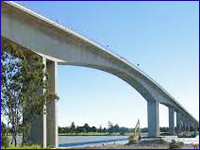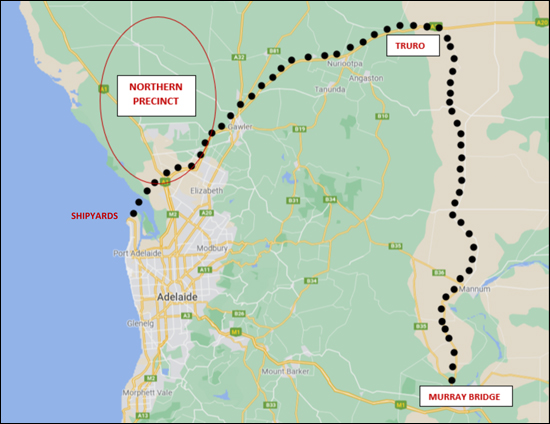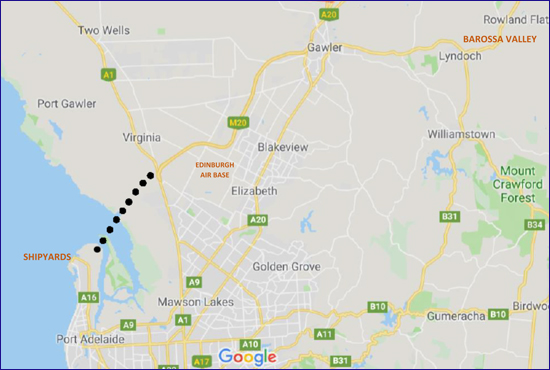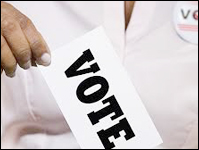 In studying family policy around the world, Poland caught my attention recently as being right up there with the very best of them in terms of fundamental objectives.
In studying family policy around the world, Poland caught my attention recently as being right up there with the very best of them in terms of fundamental objectives.
In a refreshingly frank interview, the President of Poland, Andrzej Duda, outlined his country’s family policy:
“For the first time since 1989 (the fall of communism), we have embarked on resolute and vast pro-family action.
“When I was running for President in 2015, I made a pledge that we would start a pro-family policy. We announced during the campaign that we would introduce a program called ‘500+’. We decided that starting from the second child in a family, every month, parents would receive 500 zlotys towards raising their children.
“It turned out to be revolutionary. Never before had families, particularly families in difficult situations received such help, especially families with many children.
“In Poland, salaries are not equal to Western Europe or the United States but some products are more expensive than they are in the United States or Western Europe which meant the living standards for many families was quite low. It was very difficult for them to make ends meet. So it was a revolution for them when they received the money. The program worked so well we amended the law so now parents of every single child receive 500 zlotys a month starting from the first child, even families with one child get the 500 zlotys.
“We did not expect the program to have such a wonderful effect – poverty among children has been reduced by 90%. It was the best social program we have been able to introduce.
“As a politician, speaking openly, I have always considered myself a conservative and have always been frank about my views. I am a Christian, a practicing Christian, I pray, I am not ashamed of that whatsoever. To me the value of family is priceless. I support families, I am pro-life, I defend life, I believe that life is sacred, I believe it should be guarded, and families supported as strongly as they can because the family is the foundation of every nation. Everything is based on family, therefore the support which we offer families from a political perspective is of key importance”.
Couldn’t have said it better myself!
Many years ago, a wise old friend said to me, “If you’re interested in world events, keep your eye on Poland”.
That was 50 years ago.
How right he was. The collapse of communism and the end of the Cold war – one of the most significant events of the 20th Century – began in Poland with Solidarność (Solidarity) union leader Lech Walesa and Polish priest Karol Wojtyła – Pope John Paul II.
If Poland’s ground-breaking family policy approach becomes a benchmark, this tenacious country will, once again, have done the world a great service.
 Last week in
Last week in 


 Nuclear submarines
Nuclear submarines Above the Courts of Justice in London stands a statue of Jesus. It is there to signify the Common Law’s origins in Christianity. When the Queen is presented with the Bible, the words, “To keep your Majesty ever mindful of the law and the Gospel of God, …. we present you with this Book, the most valuable thing this world affords. Here is wisdom; this is the royal law; these are the lively oracles of God”, are spoken. Stephen Langton, Archbishop of Canterbury (1207-1228) helped write the Magna Carta, the world’s pre-eminent document on human rights which forms the basis of so many of our laws.
Above the Courts of Justice in London stands a statue of Jesus. It is there to signify the Common Law’s origins in Christianity. When the Queen is presented with the Bible, the words, “To keep your Majesty ever mindful of the law and the Gospel of God, …. we present you with this Book, the most valuable thing this world affords. Here is wisdom; this is the royal law; these are the lively oracles of God”, are spoken. Stephen Langton, Archbishop of Canterbury (1207-1228) helped write the Magna Carta, the world’s pre-eminent document on human rights which forms the basis of so many of our laws. The great author/philosopher Eric Hoffer once said, ‘Every great cause begins as a movement, then becomes a business, and eventually degenerates into a racket’.
The great author/philosopher Eric Hoffer once said, ‘Every great cause begins as a movement, then becomes a business, and eventually degenerates into a racket’. Covid and Climate seem to be trying to outdo each other at the moment. This week, the IPCC (Intergovernmental Panel on Climate Change) turned up the dial a few notches with a ‘code red for humanity’:
Covid and Climate seem to be trying to outdo each other at the moment. This week, the IPCC (Intergovernmental Panel on Climate Change) turned up the dial a few notches with a ‘code red for humanity’: Former Prime Minister Bob Hawke once said, “We’re all Australians, whether we’re from Melbourne or Sydney”. Those from the ‘outlying States’ (as Paul Keating called them), naturally felt a bit left out.
Former Prime Minister Bob Hawke once said, “We’re all Australians, whether we’re from Melbourne or Sydney”. Those from the ‘outlying States’ (as Paul Keating called them), naturally felt a bit left out. It’s been said running a business is really quite simple, you just have to sell something for more than you pay for it. Plus a few million details.
It’s been said running a business is really quite simple, you just have to sell something for more than you pay for it. Plus a few million details. In his excellent book Outliers, Malcolm Gladwell presents ‘the 10,000 hours rule’.
In his excellent book Outliers, Malcolm Gladwell presents ‘the 10,000 hours rule’.